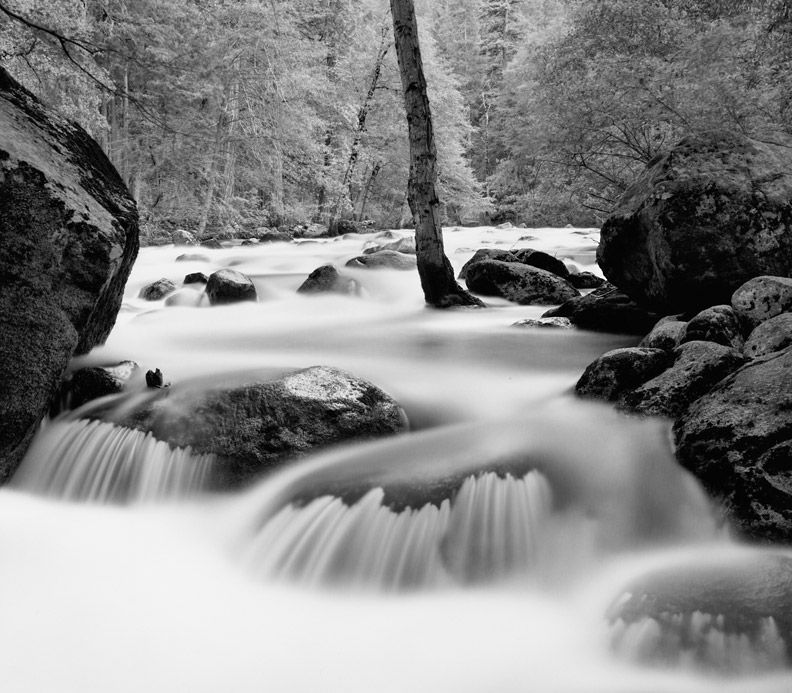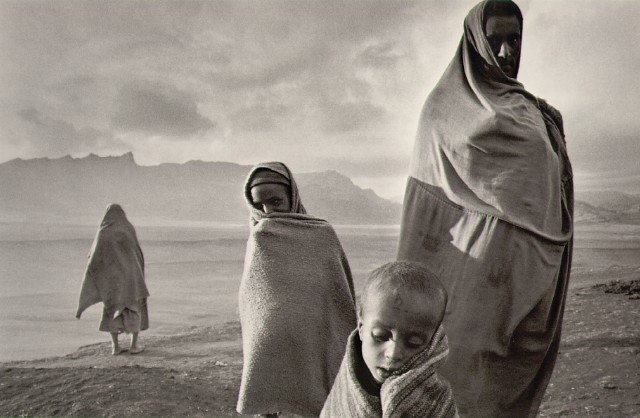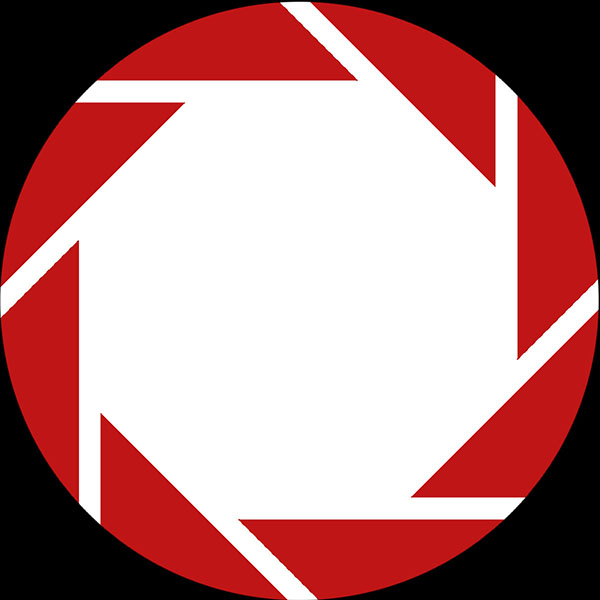I got into a conversation the other day about my background and influences. It was interesting for me to realize that most of the photographers who influenced me have basically nothing to do with the kind of work that I do. And yet they are still very much a part of my photographic self.
As with my post about learning from other photographers who are not necessarily in your niche, I’ve tried to learn from or be outright be influenced by every photographer and even some individual photographs that I encounter. I wanted to be a sponge and from what stays absorbed in my porous head becomes my approach. I think that when you learn one way of doing anything it’s very easy to come out of the process as compartmentalized as your learning method.
We’ve all seen the results: “Ah, you went to (insert important name here) school. I can tell.” Or “Who did you assist for? … yeah I can see the influence”. It’s important to have a style, approach or whatever to your work but it needs to be your own and when you are learning an art form it’s very easy to spend a lot of formative time attempting to duplicate the work of the one artist you most look up to. Then it becomes hard to break that down and rebuild yourself into you.
The great bassist Billy Sheehan said “Learn all that you can then forget everything”. That’s always been my philosophy in regards to my craft. Thus when I listed off the photographers who I am certain influenced my vision the breadth of their work made sense to me. So here are my top five-ish most influential photographers in historical order.
#5 (tie) John Sexton and Howard Bond. Both are amazing landscape-y photographers who helped me find my way out of my early “Ansel Adams” phase. Both of these guys use large format cameras and see the world in black and white. But unlike Ansel they don’t use wide-ish lenses to try and show the vast expanse of wilderness with a feeling of grandeur. Instead they are showing the world in a much more intimate and especially in the case of Bond, in abstraction to reveal the simplicity of form within the world. Their compositions and use of light/form is simply masterful. Note that Sexton was one of the last assistants to Ansel and yet his approach is totally different from his teacher. Sexton’s book “Quiet Light” and Bond’s “White Motif” are deeply in the back of my head from all the time I’ve spent looking at their images.
John Sexton:

Howard Bond:

#4 Galen Rowel. Was the preeminent mountaineering/nature/adventure of the 1980’s and 90’s. He worked for National Geographic a lot and did many first assents of major mountains. He was a master technician of photography and was the first photographer that I knew of that had a personal interest in his subject matter: the high mountains of the Himalaya, its people and culture. Unlike my prior influences Galen made images of incredible beauty but also with the personal adventure of his experiences. Although Galen made a huge body of work that you could call landscape/pictoral but he also documented the people of his adventures. So he was the one that not only visually inspired me but also got me to think seriously about the human element; images that go beyond simple graphic appeal.

#3 Frans Lanting. To me the greatest wildlife/natural history photographer ever. His daring personal vision is one of intimacy with his subject the likes of we had never seen before. Rather than relying on the very long lens to get close to his animal subject and through that method often show the subject out of context with its environment, Lanting takes the approach of spending lots of time to get the subject used to his presence so that he can create images with shorter and even wide lenses. The animals and landscape that they inhabit are shown as one. His artistic sense melds with his emotional connection to the subject: raising awareness of the beauty and fragility of the natural world.

#2 Dave Black. My favorite sports/action/motion photographer period. Much like Lanting, Dave Black is always trying to find a new way to see something that often gives the photographer limited access and one where the photographer has shot the same thing possibly hundreds of times and knows much of what will happen. He is a huge sports fan as you would suspect but more than that, he is in love with light and motion. He has the most attune sense of light of any sports photographer that I know. He is also a huge proponent of a “if you don’t like the light is there, make the light that you want” approach. As a result he made me a strobe junky. Also like Lanting he tries to not rely on long lenses to find the frame. He advises that, say, if you show to a baseball game expecting to use your 400mm lens you will only get 400mm lens images. Instead take an 85mm lens and make that work … you will find new images you didn’t see because you were limiting your view point with the 400. I got to assist him a few times and the experience was amazing.

#1 David Alan Harvey. Oh my where do I begin? When you think of the quintessential National Geographic photographer the guy with the smiling eyes, fedora, pocket vest and the Leica’s? That’s pretty much Harvey. He’s been working for “Big Yellow” since the late 70’s and has been wading through Latin world and producing amazingly rich, complex and sensitive images of essentially normal people. The great Robert Capa said “If your pictures aren’t good enough, you aren’t close enough”. David Alan Harvey isn’t just close to the subject, he’s basically sitting in the subjects lap. A master of being invisible in plain sight he takes the approach of not being a “fly on the wall” but rather tries to be as much as a participant as he can to let the subjects accept him into their world. And accept him they do. He has been more of an influence to me not only in the aspect of how the images that I make look, use of color and layering come to mind, but also his personal approach to working with subjects. I had the opportunity to have him to be my teacher at a workshop and that experience changed my photographic life.

Final note: While putting this together I had a forehead slapping realization. I forgot about Salgado! (WHAP!) Therefore I’ll add this: A huge nod to Sebastiao Salgado for being almost a phantom influence on me. I almost never think of him or his work when I’m making photographs but he is there. I believe that Salgado is the ultimate humanitarian photographer. He almost only photographs people living in struggle. I truly believe that he is the one that got me to spend so much time kneeling and shooting up at my subjects. He does that a lot because he says that he wants to show the strength and majesty of ordinary people.


